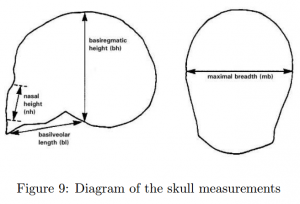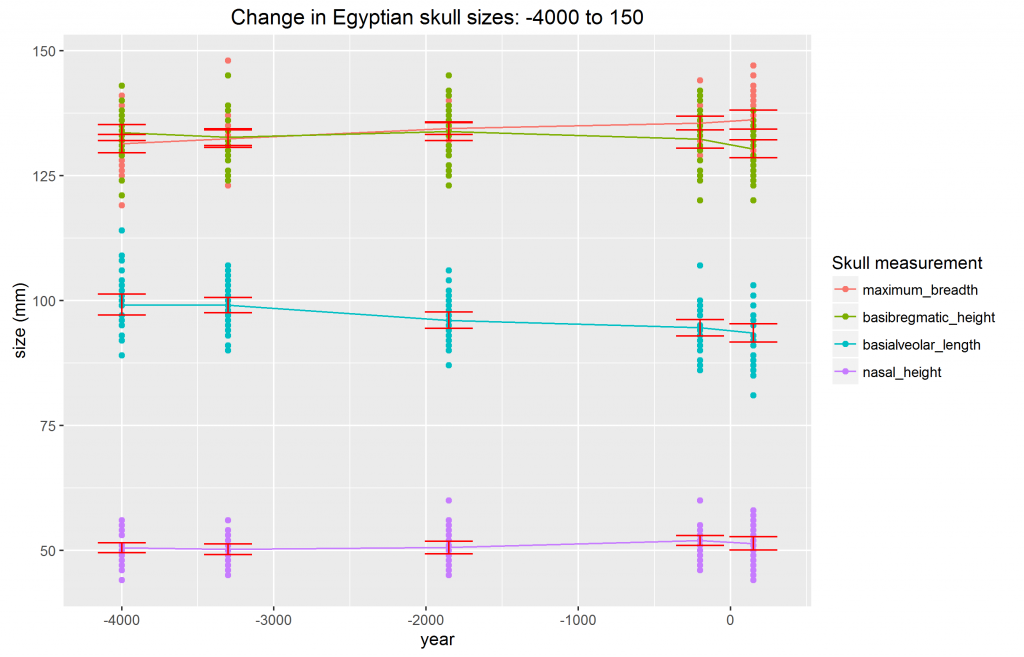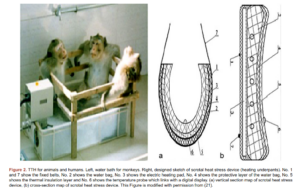I often read statistics textbooks. In textbooks, they often use example datasets, some of which are interesting in themselves (e.g. the Boston dataset). In this case, I am reading An Introduction to Applied Multivariate Analysis with R. It features a dataset of Egyptian skulls spanning about 4000 years. Given the scholarly interest in dysgenics and human brain size evolution, it seems fitting to analyze this dataset for any historical trends.
The dataset reportedly comes from:
- Thompson, A. and Randall-Maciver, R. (1905) Ancient races of the Thebaid, Oxford University Press.
I could not find a copy (checked Gutenberg and Libgen) of this book tho it should be free of copyright by now (!). There is a review of it here.
There are 30 skulls for each time period, 5 periods and 4 measurements.
I calculated means and 95% confidence intervals for each group x measurement combination. It looks like this:
There are no noteworthy changes across about 4000 years aside from perhaps the decrease in basialveolar length, which seems fairly unimportant in relation to brain size.
Factor analysis of the 4 measurements do not reveal a general skull size factor which was found for brain size.
Factor Analysis using method = minres
Call: fa(r = d_skulls[-5])
Standardized loadings (pattern matrix) based upon correlation matrix
MR1 h2 u2 com
maximum_breadth -0.20 3.8e-02 0.96 1
basibregmatic_height 0.33 1.1e-01 0.89 1
basialveolar_length 0.80 6.4e-01 0.36 1
nasal_height 0.00 2.9e-06 1.00 1
MR1
SS loadings 0.79
Proportion Var 0.20
Perhaps the measurements are too unreliable compared to the modern MRI.
Supplementary materials
The R code: https://gist.github.com/Deleetdk/6ee734db2292be83ab3c6a055c9adbf0
The data is loaded from the R package ade4.



